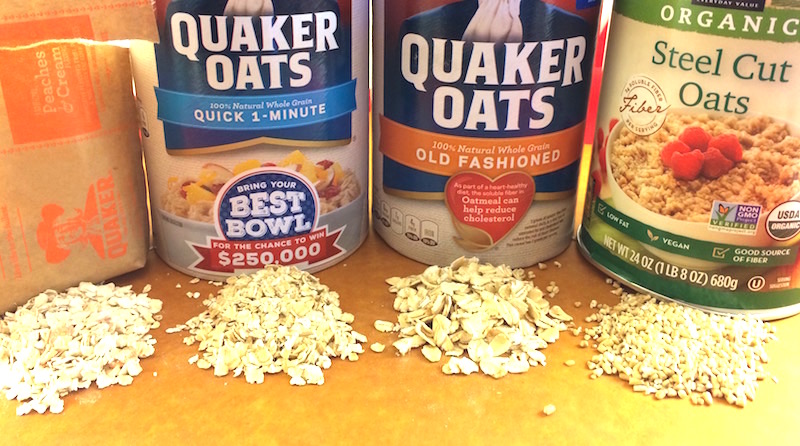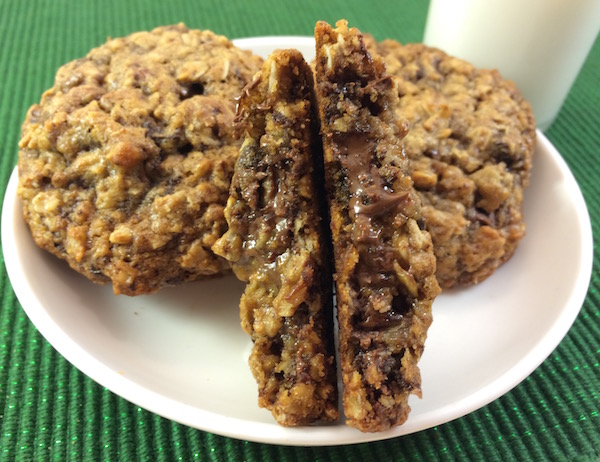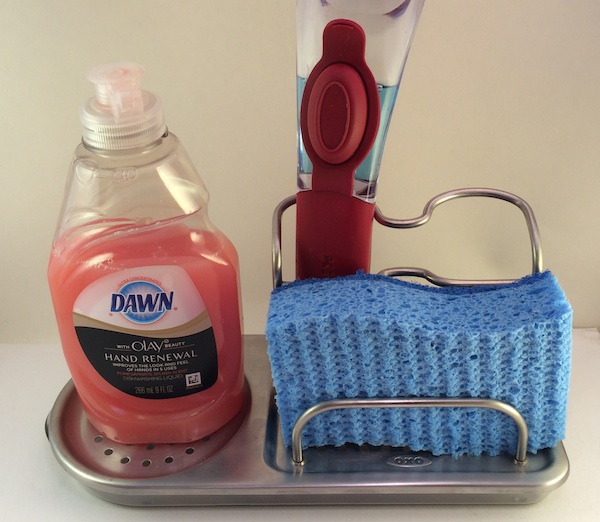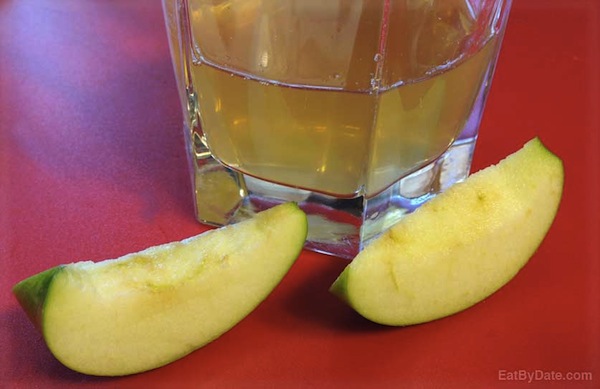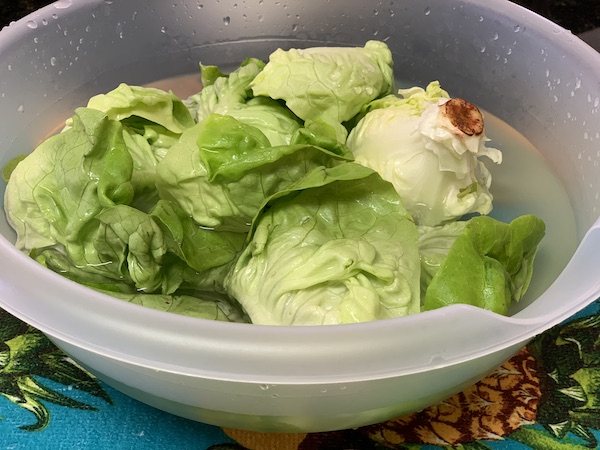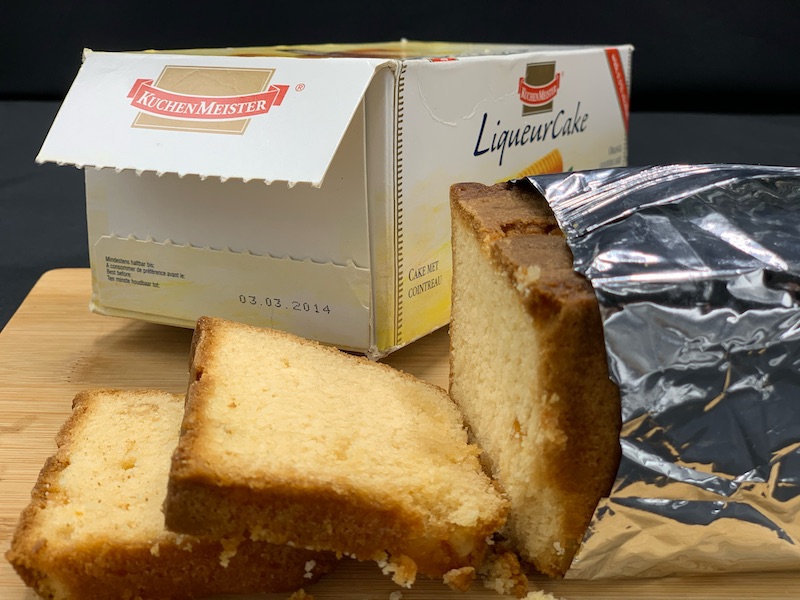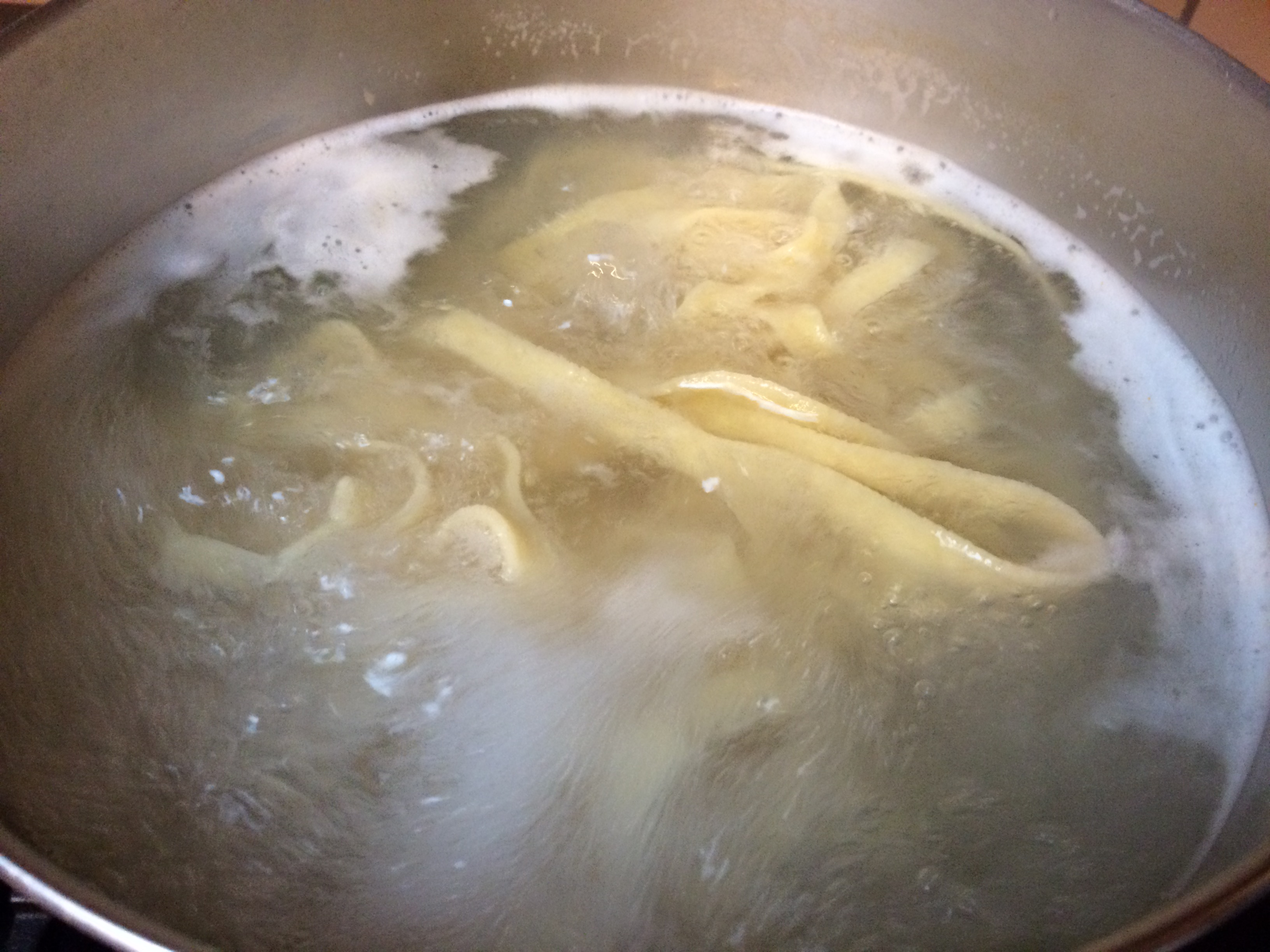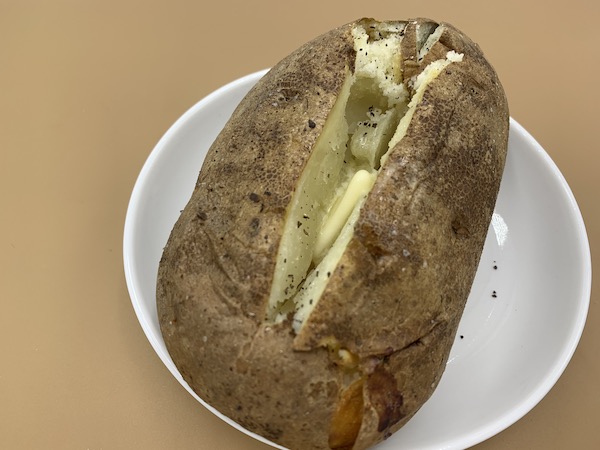How To Organize a Freezer
Often a tight space, a freezer can keep foods around for very long times. Follow these tips and organize it efficiently in order to get the longest shelf life possible from all frozen items. Summer is a great time to organize a freezer, it will keep you cool while working and make space for some end of summer freezing in order to stock up for winter.
How to Organize a Freezer
Make Best Use of Freezer Space
Ideally, set the temperature for a freezer between 0°F and -20°F. The colder you can keep your foods, the longer they will last.
Check once and awhile to be sure it is performing properly and keeping within the ideal temperature range.
Use the bottom shelf for heavy items and anything that could leak, like casseroles and meats. Leave the upper shelves for lighter things like ice cream, bread and vegetables.
Remember that air is a foods biggest enemy, so squeeze as much out as possible before placing items into the freezer. Also, remember that liquids expand when they freeze, so a little air space is always required when freezing liquids. A thin container could burst once frozen if there is no place left for liquids to expand.
The trick here is always returning items to the same section after use :).
We love these office organizers on the top shelf in this picture. They are from the Container Store and great for the freezer because they are see-through, easy to grab and stand without wasting space.

Take a second, and a permanent marker, to label and date. That little white space on freezer storage bags makes the perfect spot to add the contents and the date. Foods look different once frozen, so save future guesswork by labeling before freezing. You’ll be glad later. If using freezer safe containers, use white tape on the container to label the contents with at least the name of the dish and the date it’s being placed into the freezer. Fold over a tiny piece of the corner of the label – this makes it easier to remove the tape for later reuse.
Regular storage bags are thinner and therefore provide less protection, causing the shelf life of the food within to shorten.
If the freezer has a door, items to put there include liquor bottles, nuts, coffee and flours. Items that may risk going rancid at room temperatures, but don’t really require being in the freezer are excellent choices for placement on a freezer door.
For instance, items that come in boxes way larger than the size needed for the contents. Place the inside bags into clear containers or freezer bags and don’t forget to cut the cooking instructions out and also place them in that bag. Make a note of the “best by” date and write it on the instructions along with the date you placed the item into the freezer.
Use the “best by” date only as a guide to decide which bag or box to use first if there’s more than one of the same product. The “best by” date might also become important if there is later a recall on the product.
Placing hot foods directly into the fridge or freezer causes the motor to work harder in order to keep things cool. Also, a hot item places nearby delicate foods into a potentially dangerous situation as it also heats them up.
Cold air needs to flow around the foods for optimal energy efficiency.
Use the box with a flow through design where the sides tear away to expose a mesh netting. Baking soda helps absorb odors in the freezer too.
Replace the box every six months or so as to keep absorbing odors.
Remember that foods stored in close proximity to the freezer section, even though in the refrigerator, can become partially frozen. So, if you have a side by side style refrigerator keep items like eggs on the side opposite the freezer.
How To Organize a Freezer
Additional Information
See our other posts for help with grocery shopping, menu planning and making your produce last longer.
Keep the fridge organized too with these tips.
Keep the shelf life of the contents in the fridge and freezer easily identified with this simple tip.


